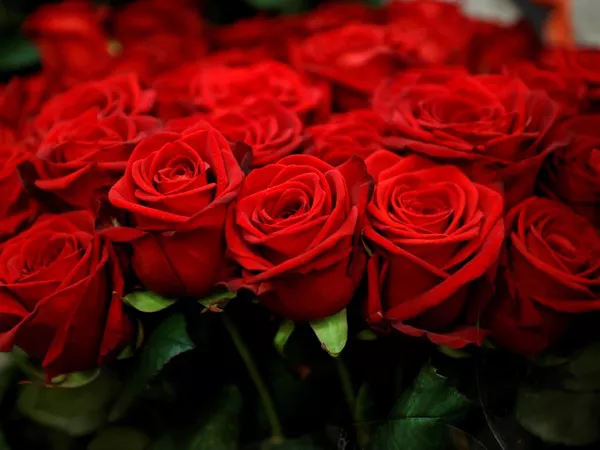Throughout history, flowers have been used as powerful symbols to convey a wide range of emotions, sentiments, and even abstract concepts. Among the myriad of meanings attributed to different flowers, there are those that represent the profound and complex aspects of life and death. In this article, we will explore the symbolic significance of flowers in relation to life and death, how various cultures have embraced these symbols, and the broader themes of rebirth and transformation that these floral emblems encompass.
Flowers of Life and Vitality
1. The Lotus: A Symbol of Enlightenment and Rebirth
In many Eastern cultures, the lotus flower holds great significance. Emerging from murky waters, the lotus blooms into a pristine and beautiful flower, symbolizing purity and spiritual enlightenment. Its ability to rise above adversity mirrors the human journey towards enlightenment and personal growth. The lotus serves as a powerful symbol of life’s potential for transformation and renewal.
2. Sunflowers: A Celebration of Vitality
Sunflowers, with their vibrant yellow petals and tall, imposing stems, represent the sun and allude to the life-giving energy it provides. These cheerful blooms are a symbol of adoration, loyalty, and longevity, reflecting the sun’s role as a source of life on Earth.
3. Daffodils: A Sign of Hope and New Beginnings
Daffodils, also known as narcissus, are often associated with spring and renewal. Their bright yellow or white blossoms emerge as winter fades, heralding the arrival of a new season. These flowers symbolize hope, optimism, and the promise of a fresh start, making them fitting emblems of life’s resilience and perpetual cycles.
Flowers of Death and Mourning
1. Lilies: An Emblem of Sympathy and Transcendence
White lilies, particularly the Madonna lily, are frequently associated with death and mourning in Western cultures. They symbolize purity, innocence, and the soul’s journey to the afterlife. Lilies are commonly used in funeral arrangements to express condolences and the hope for the deceased to find peace and transcendence.
2. Chrysanthemums: A Sign of Grief and Remembrance
Chrysanthemums, or “mums,” hold various meanings in different cultures, but they are often seen as flowers of death and are closely associated with funeral rites in many Asian countries. In Japan, the chrysanthemum represents grief and is used as a symbol of honoring deceased ancestors during the annual Chrysanthemum Festival.
3. Black Roses: A Symbol of Farewell
While red roses symbolize love and passion, black roses carry a more somber meaning. They are often associated with farewells and the end of something, making them a suitable choice for expressing condolences and sorrow.
The Intersection of Life and Death
1. Roses: Balancing Love and Loss
Roses are among the most versatile flowers in the language of symbolism. Red roses represent passionate love, while white roses symbolize purity and innocence. By combining these two sentiments, you can create a bouquet that reflects the enduring love and memory of a departed loved one.
2. Marigolds: Honoring the Dead
In Mexican culture, marigolds, known as “cempasúchil,” play a central role in the celebration of Dia de los Muertos, the Day of the Dead. These bright orange and yellow flowers are believed to guide the spirits of the deceased back to the world of the living, emphasizing the connection between life and death in a vibrant and celebratory manner.
3. Rafflesia: A Corpse Flower
In Southeast Asia, the Rafflesia, often referred to as the “corpse flower,” stands as an unusual symbol of life and death. This enormous, foul-smelling flower blooms sporadically and briefly, attracting insects with its scent of decay. Despite its repulsive odor, it plays an essential role in its ecosystem, highlighting the intricate balance between life and death in nature.
Conclusion
Flowers, with their rich symbolism and diverse meanings, serve as a profound reminder of the intricate interplay between life and death. They encapsulate the essence of human experiences, from the joys of birth and vitality to the depths of grief and loss. Understanding the language of flowers allows us to express our emotions, commemorate loved ones, and celebrate the enduring cycle of life and death that unites us all. As we continue to draw inspiration from these floral emblems, we find solace and meaning in the beauty and complexity of existence.


